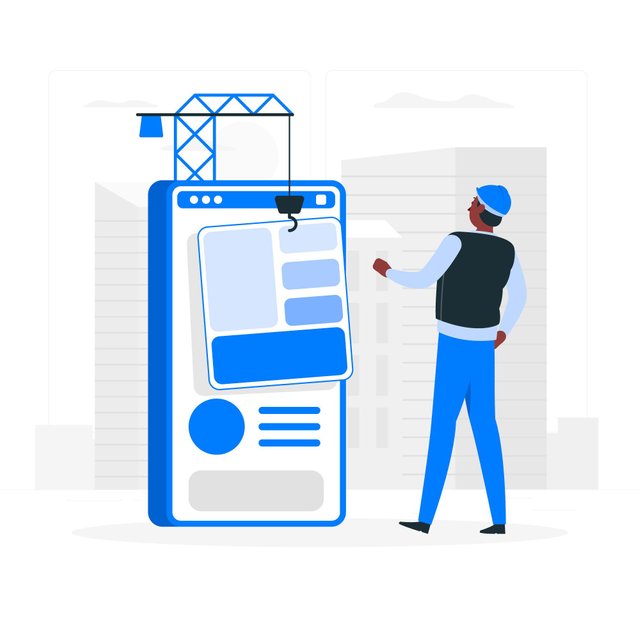The e-commerce industry continues to thrive, with mobile apps playing a crucial role in delivering seamless shopping experiences. For businesses planning to develop an e-commerce app, understanding the cost implications is essential. While most business owners budget for core expenses like design, development, and testing, hidden costs often emerge along the way. These overlooked expenses can significantly impact the overall ecommerce app development cost. In this blog, we'll uncover these hidden costs to help you plan more effectively and avoid unexpected financial surprises.
- Third-Party Integrations
Modern online shopping apps depend on third-party integrations to increase the functionality. It doesn't matter if it's payment gateways CRM systems, analytics tools or inventory management software These integrations have cost-related charges. Although some tools provide free versions and premium features, others with greater usage limits generally require subscriptions that are paid for. Businesses must consider the long-term costs for these integrations and incorporate these in their plans for budgets.
Examples: Payment gateways such as Stripe and PayPal charge transaction costs, whereas advanced analytics tools like Mixpanel and Google Analytics 360 come with subscription fees. - Backend Infrastructure and Hosting
E-commerce apps require a strong backend infrastructure that can ensure seamless operations, particularly when there is a lot of traffic, such as holidays or sales. Cloud hosting solutions like AWS, Microsoft Azure, or Google Cloud offer scalability, costs can rise quickly according to consumption, storage requirements and the uptime of servers.
TIP: Make your budget for hosting based on anticipated growth in traffic and user increases. - Ongoing Maintenance and Updates
The development of e-commerce apps isn't finished once the app's launch. regular updates bugs, security patches, bug fixes as well as feature improvements are required to ensure that the app remains functional and competitive. The ongoing maintenance costs could make up 15-20 percent on the original development costs every year.
Insight: Not updating can result in security issues and lower user satisfaction. - App Store Fees
Making your app available through platforms such as that of the Apple App Store or Google Play Store is accompanied by charges. Both platforms charge fees for developer accounts as well as an amount of commissions from subscription or in-app purchase revenue. Furthermore, compliance with the guidelines for app stores could require additional development efforts and could result in higher costs overall.
Apple App Store Charge $99/year. Google Play Store Fee $55 (one-time cost of registration) - Security and Compliance
E-commerce applications handle sensitive customer information, which includes personal information and payment information. In order to ensure compliance with laws such as PCI-DSS, GDPR and other data protection standards require additional resources. Security measures such as SSL certificates or encryption tools, as well as regular audits can increase the development costs of an eCommerce app.
Tip Make security investments a priority to avoid expensive data breach. - Customer Support Integration
Customer support plays an essential aspect of the success of an e-commerce. Chatbots and live chat systems or third-party customer support tools such as Zendesk or Freshdesk typically incurs additional costs. In addition, offering 24/7 customer service may require hiring additional staff or subscribing for premium plans of service.
Examples: Chatbots that are powered by AI could have monthly subscriptions depending on the number of interactions. - Marketing and Promotion
Making a top-quality e-commerce platform is only half the job getting customers to buy it is the second part. Marketing expenses, like optimizing your app store (ASO) and campaign on social media, paid advertising and influencer collaborations can have a significant impact on your budget.
Tips: Set aside an additional marketing budget to increase app downloads as well as engagement. - Testing and QA Beyond Initial Launch
Although initial testing is a part in the majority of development plans constant quality-assurance (QA) testing after launch is often not considered. Updates or new devices that are compatible, and feature enhancements require continual testing to ensure that the functionality is seamless.
Insight: Consider investing on automated tools for testing in order to lower costs for long-term QA cost. - Scalability Costs
As your app expands it will require you to expand your database, infrastructure and services to handle the increase in the volume of data and user traffic. Scalability may require upgrading servers, improving the backend architecture, or enhancing the performance of your application. All of which could cost you more.
Tips: Consider scaling starting from the design phase. - Localization and Multi-Language Support
If you plan the launch of your application in several areas, the need for localization becomes crucial. It involves translating the content, changing payment options and meeting local standards for compliance. While it opens opportunities for new market segments, it raises the cost of developing an e-commerce application.
Examples of

professional translation services and regional compliance audits could increase your costs.
How to Manage Hidden Costs Effectively
Create a realistic budget include an extra buffer (10-20 percent) to cover unexpected expenses.
Select the right development partner Find a partner with a proven track record who can anticipate potential costs.
Prioritize Features: Concentrate on the most important features first, then introduce additional features in stages.
Make use of Scalable Technology Use scalable technology: Avoid stacks of tech which may be costly as the app's popularity increases.
Conclusion
Understanding the hidden costs associated with e-commerce app development is essential for businesses aiming to build a sustainable and profitable app. From third-party integrations and hosting fees to ongoing maintenance and marketing, these often-overlooked expenses can significantly inflate your budget. By proactively planning for these costs and collaborating with the right development team, you can ensure your e-commerce app project stays on track financially.
A well-planned e-commerce app can deliver immense value to your business, but only if the financial aspects are carefully managed. Keep these hidden costs in mind, and you'll be better prepared for a successful e-commerce app launch.